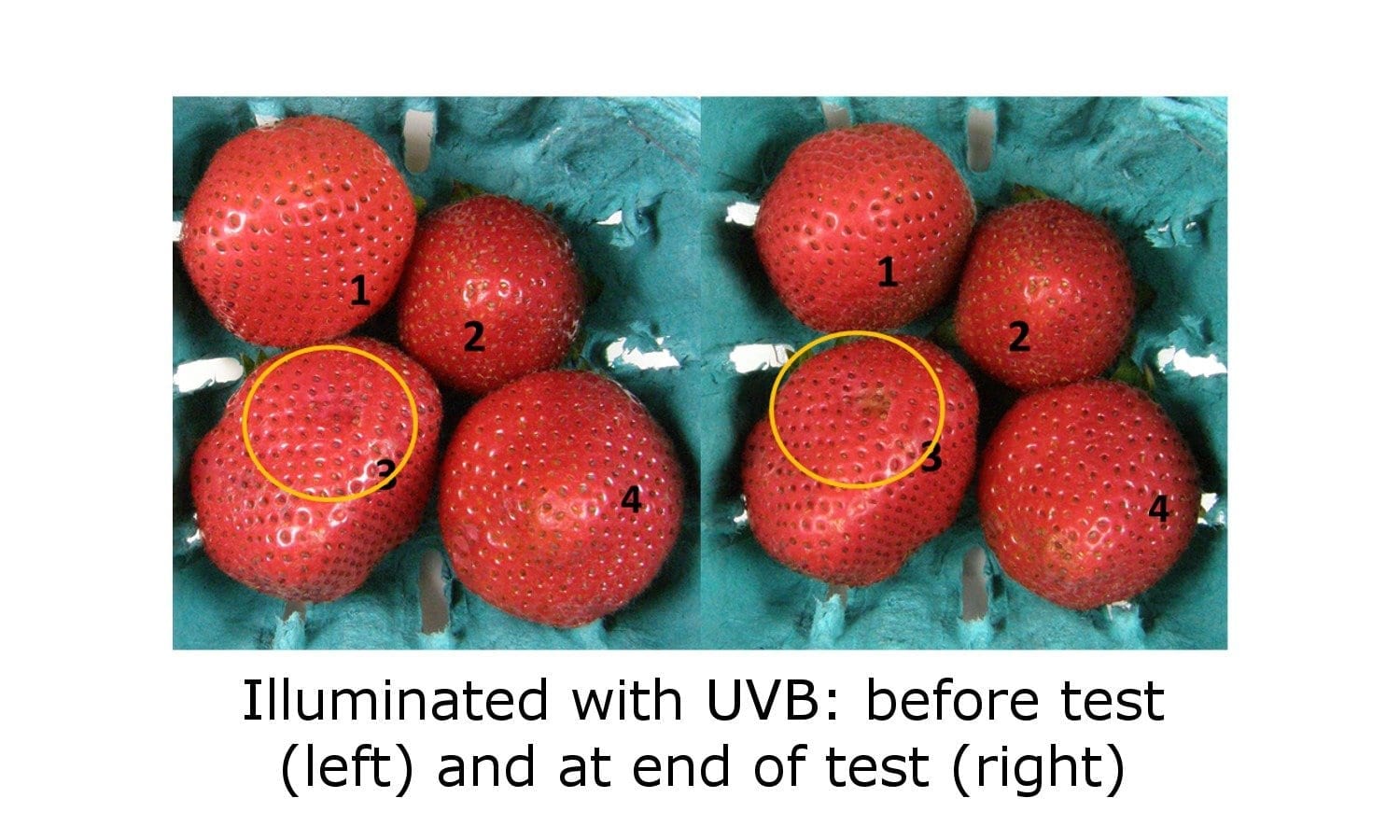
Forget to turn off the lights before leaving the apartment? No problem. Just raise your hand, finger-swipe the air, and your lights will power down.
Want to change the song playing on your music system in the other room? Move your hand to the right and flip through the songs.
University of Washington computer scientists have developed gesture-recognition technology that brings this a step closer to reality. Researchers have shown it’s possible to leverage Wi-Fi signals around us to detect specific movements without needing sensors on the human body or cameras.
By using an adapted Wi-Fi router and a few wireless devices in the living room, users could control their electronics and household appliances from any room in the home with a simple gesture.
“This is repurposing wireless signals that already exist in new ways,” said lead researcher Shyam Gollakota, a UW assistant professor of computer science and engineering. “You can actually use wireless for gesture recognition without needing to deploy more sensors.”
The UW research team that includes Shwetak Patel, an assistant professor of computer science and engineering and of electrical engineering and his lab, published their findings online this week. This technology, which they call “WiSee,” is to appear at The 19th Annual International Conference on Mobile Computing and Networking.
The concept is similar to Xbox Kinect – a commercial product that uses cameras to recognize gestures – but the UW technology is simpler, cheaper and doesn’t require users to be in the same room as the device they want to control. That’s because Wi-Fi signals can travel through walls and aren’t bound by line-of-sight or sound restrictions.
The UW researchers built a “smart” receiver device that essentially listens to all of the wireless transmissions coming from devices throughout a home, including smartphones, laptops and tablets. A standard Wi-Fi router could be adapted to function as a receiver.
When a person moves, there is a slight change in the frequency of the wireless signal. Moving a hand or foot causes the receiver to detect a pattern of changes known as the Doppler frequency shift.
These frequency changes are very small – only several hertz – when compared with Wi-Fi signals that have a 20 megahertz bandwidth and operate at 5 gigahertz. Researchers developed an algorithm to detect these slight shifts. The technology also accounts for gaps in wireless signals when devices aren’t transmitting.
The technology can identify nine different whole-body gestures, ranging from pushing, pulling and punching to full-body bowling. The researchers tested these gestures with five users in a two-bedroom apartment and an office environment. Out of the 900 gestures performed, WiSee accurately classified 94 percent of them.
“This is the first whole-home gesture recognition system that works without either requiring instrumentation of the user with sensors or deploying cameras in every room,” said Qifan Pu, a collaborator and visiting student at the UW.
The system requires one receiver with multiple antennas. Intuitively, each antenna tunes into a specific user’s movements, so as many as five people can move simultaneously in the same residence without confusing the receiver.
The Latest Bing News on:
Gesture recognition
- Automotive HMI Market: Robust Growth Forecasted at 14.8% CAGR, Surpassing $48 Billion by 2033on April 29, 2024 at 7:47 am
Automotive Human-Machine Interface HMI Market expected to hit US$ 48,079.3 Million at CAGR of 14.8% during forecast 2023 to 2033 | Future Market Insights, Inc.
- Here’s How Artificial Intelligence Is Going To Transform The Driver/Car Relationshipon April 29, 2024 at 6:39 am
Artificial intelligence is redefining how we interact with our cars. Let us take a look at how AI is going to transform the driver/car relationship.
- Interactive Learning: Top 10 Tech Gadgets for Engaging Kids in Educationon April 28, 2024 at 3:53 am
Technology plays a pivotal role in shaping the way children learn. With the increasing demand for interactive and engaging educational tools, tech gadgets have become indispensable in classrooms and ...
- ShrutiSalunkhe Leads the Way in User-Centric VR and AR Design Innovationon April 26, 2024 at 9:46 pm
ShrutiSalunkhe Leads the Way in User-Centric VR and AR Design Innovation.Illinois, USA - April 27, 2024 — Amidst the current state of ...
- New e-glove lets scuba divers communicate underwateron April 25, 2024 at 3:03 am
A new waterproof e-glove designed to enable divers to communicate with their partners or with those on the surface has been developed by a team of researchers from Qingdao University in China.
- Research proposes virtual-dimension increase of EMG signals for prosthetic hands gesture recognitionon April 17, 2024 at 1:30 pm
The electromyographic (EMG) signal is the bioelectrical current generated during muscle contraction. It can be transmitted as an input signal to an intelligent bionic prosthetic hand to control hand ...
- Aqara Smart Camera Gesture Recognition Videoon March 15, 2024 at 6:13 pm
Aqara recently released a video demonstrating their gesture recognition features for their smart cameras. Smart cameras these days seem to come with the ability to detect people, faces ...
- Zoom Gesture Recognition for Raise Hand and Thumbs-upon October 13, 2023 at 2:41 am
Instructors and students can give more visible feedback through live gestures by using new raise hand and thumbs-up 👍 gesture recognition. This feature will automatically display a corresponding ...
- Gesture Sensing With A Temperature Sensoron January 5, 2019 at 6:40 am
Over the years the ideas have become much more polished, as we can see with this Gesture Recognition with PIR sensors project. The project uses the TPA81 8-pixel thermopile array which detects ...
- Gesture Recognition Using Ultrasoundon April 5, 2014 at 9:15 am
Stumped, their instructor suggested a clever idea. An idea that will open up gesture recognition via ultrasound to the world of the 8 bit micro controller. You see, instead of doing the frequency ...
The Latest Google Headlines on:
Gesture recognition
[google_news title=”” keyword=”gesture recognition” num_posts=”10″ blurb_length=”0″ show_thumb=”left”]
The Latest Bing News on:
Gesture-recognition technology
- Home Visitor’s Appreciation Dayon April 30, 2024 at 5:16 pm
In a show of appreciation and recognition, the Children’s Home Association of Illinois dedicated a special event today to honor the crucial role played by home ...
- First sale of touchless phone today, you will never get it again at such a low price!on April 30, 2024 at 4:26 am
In the realm of technological advancements, a groundbreaking innovation has emerged—the touchless phone. Revolutionizing the way we in..|News Track ...
- Automotive HMI Market: Robust Growth Forecasted at 14.8% CAGR, Surpassing $48 Billion by 2033on April 29, 2024 at 7:47 am
Automotive Human-Machine Interface HMI Market expected to hit US$ 48,079.3 Million at CAGR of 14.8% during forecast 2023 to 2033 | Future Market Insights, Inc.
- Fact-check: Can hackers steal fingerprints from selfies?on April 28, 2024 at 9:00 pm
A video circulating on social media is warning people to avoid doing the peace sign when posing for selfies, in case fraudsters take copies of their fingerprints to hack into their data. The Cube ...
- Interactive Learning: Top 10 Tech Gadgets for Engaging Kids in Educationon April 28, 2024 at 3:53 am
Technology plays a pivotal role in shaping the way children learn. With the increasing demand for interactive and engaging educational tools, tech gadgets have become indispensable in classrooms and ...
- 5 Futuristic Smartphone Features That Would Be Gamechangerson April 27, 2024 at 3:15 pm
In its ideal form, this notion could let us perform all kinds of tasks with only the most minute of gestures. With a snap of your fingers, you could record a video on your phone's camera, then fire it ...
- Google Pixel 8a promotional video released, glimpse of many AI features seen in the videoon April 27, 2024 at 2:54 am
Google has once again captured the attention of tech enthusiasts and smartphone aficionados with the release of its promotional video for th..|News Track ...
- ShrutiSalunkhe Leads the Way in User-Centric VR and AR Design Innovationon April 26, 2024 at 9:46 pm
ShrutiSalunkhe Leads the Way in User-Centric VR and AR Design Innovation.Illinois, USA - April 27, 2024 — Amidst the current state of ...
- New e-glove lets scuba divers communicate underwateron April 25, 2024 at 3:03 am
A new waterproof e-glove designed to enable divers to communicate with their partners or with those on the surface has been developed by a team of researchers from Qingdao University in China.
- The First AI Gadgets Are a Cautionary Taleon April 18, 2024 at 2:01 am
Then there’s the Humane AI Pin, a clip that snaps onto your shirt with a magnet. It’s got a camera, a microphone, a speaker, and a small projector that throws a gesture interface on your palm, for an ...
The Latest Google Headlines on:
Gesture-recognition technology
[google_news title=”” keyword=”gesture-recognition technology” num_posts=”10″ blurb_length=”0″ show_thumb=”left”]










